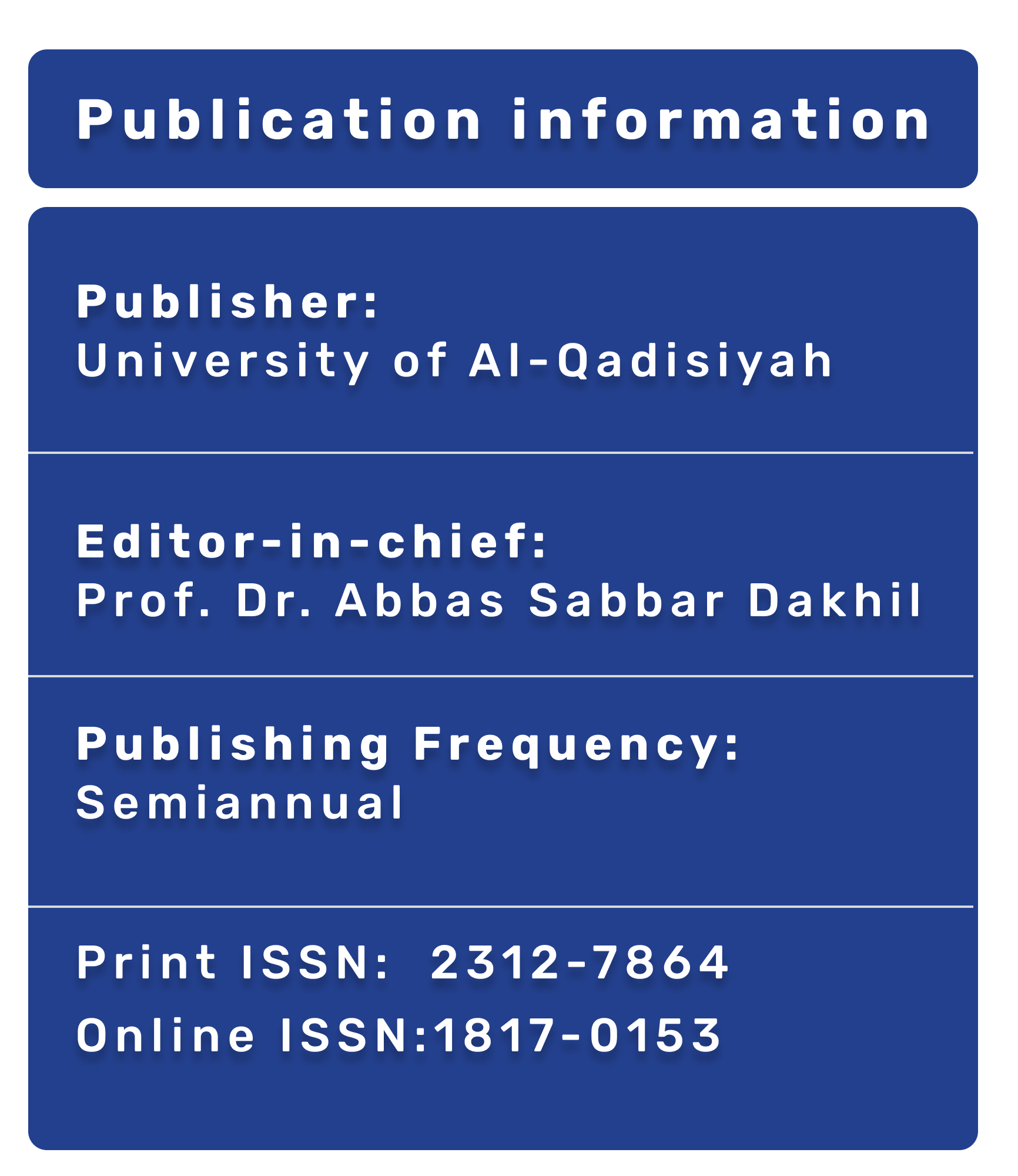Association of Increased Level of HBA1C with Vitamin D Deficiency in Children with Type 1 - Diabetes Mellitus
DOI:
https://doi.org/10.28922/qmj.v18i2.808Keywords:
Diabetes mellitus, Vitamin- D Deficiency, Type 1 - Diabetes MellitusAbstract
Background: Type 1 diabetes mellitus(T1D) is due to ?-cells destruction, usually leading to absolute insulin deficiency.T1D is the most common type of diabetes mellitus in children. The occurrence of T1D has been increasing worldwide. The International Diabetes Federation (IDF) has announced that there are 78,000 children in the world develop T1D every year. As of 2017, an estimated 1.1 million of children and adolescents have T1D worldwide, and 132.6 hundred of newly diagnosed cases are reported each year. Methods: Overall, 51 samples were collected from patients both genders .The patients composed of (51), (23) of them are males and (28) females with age range 2-12 years old, were seen in Endocrinology and Diabetes Center in Samawa.Those sample were diagnosed clinically by HBA1C to Diagnosis of the type diabetic by cobas c111 and evaluate vitamin- D by cobas e411 technique in diabetic patients. Further, groups consist of 50 samples were collected from apparently healthy individuals (25 males and 25 female) without any history of chronic disease. Result: There was no significant difference in mean age between patients group and control group, 8.43 ± 3.13 years versus 8.12 ±2.69 years, respectively (p = 0.594). The proportion of males with type 1 diabetes mellitus was 45.1 % while that of girls was 54.9 % and there was no significant difference in frequency distribution according to gender between type 1 diabetes mellitus group and control group (p = 0.622). There was no significant difference in mean age between boys and girls with type 1 DM (p = 0.785). The mean HbA1c% of patients with type 1 diabetes mellitus was significantly higher than that of control group, 9.75 ±0.80 % versus 4.64 ±0.40 %, respectively (p < 0.001). The mean serum vitamin –D in our study was significantly lower in patients with type 1 DM in comparison with control group, 11.14 ±4.65 ng/ml versus 17.16 ±6.39 ng/ml, respectively (p < 0.001). Diabetic patients with vitamin deficiency (< 20 ng/ml) accounted for 94.1 %, while control subjects accounted for 64 %, therefore, the prevalence rate of vitamin D deficiency in patients with type DM is higher than that in control group significantly (p < 0.001).








